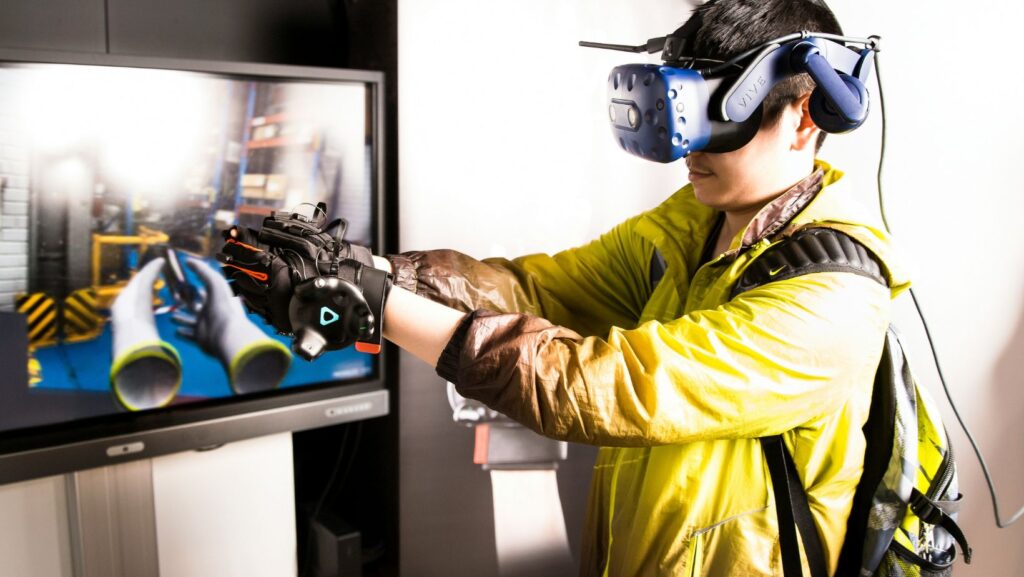With billions of players across the globe and annual revenues that exceed $200 billion, gaming has moved far from its origins as the original pastime. Behind every successful game stands a team of engineers, artists, analysts, and specialists who bring these ideas to life. However, a misconception we often hear is that jobs in gaming are limited to mundane roles, such as game designers, programmers, or professional esports players. Even though these positions are important, they only represent a small fraction of what the industry has to offer.
Gaming is now a diverse industry that encompasses a wide range of games far beyond what was once considered traditional video games. For instance, according to InstantCasino.com, a popular iGaming site, even platforms that focus on online gambling games rely on different technology professionals working behind the scenes to ensure smooth performance, a relatable design, and secure play.
They play a critical role in bringing these games to life and making them as engaging as they are today.
1. Ethical Hacker
An Ethical Hacker (also boringly known as the Security Specialist) works under the cybersecurity team who guards the game and player data. Instead of waiting for unethical hackers to attack, they simulate those attacks themselves to test for weaknesses before anyone else can exploit them. They are the hidden guardians who keep our games secure while constantly staying one step ahead of the bad guys.
2. Network Optimization Specialist
This specialist makes sure online battles feel smooth and fair no matter where players are logging in from. They fine-tune servers and connections so that multiplayer games can run without lag. In competitive games, where a single millisecond can mean the difference between victory and defeat, their work becomes a vital part of the excitement.
3. Game AI Programmer
A Game AI Programmer works at the intersection of gaming and artificial intelligence and sets the boundary that cannot be crossed between the two. Their job is to design the algorithms that make non-playable characters (NPCs) act intelligently and adapt to player choices. For example, instead of enemies that move predictably, AI programmers use machine learning and deep learning techniques to create opponents that analyze a player’s behavior and react in dynamic ways.
4. Cloud Gaming Engineer
With cloud gaming services becoming mainstream, engineers in this area are encouraged to design platforms that let players stream games without high-end hardware. They work with providers such as AWS or Azure to reduce latency, manage massive amounts of data, and deliver seamless multiplayer experiences. As more players are choosing to stream instead of purchasing physical games, we’re seeing more in-app purchases taking place. In fact, in-app purchase revenue has already increased 4% year-over-year as of 2024, which shows just how important cloud-based models that support these transactions are.
5. Gameplay Engineer
This person probably has the most fun job, as they make sure that every action a player takes feels natural and engaging. Gameplay engineers are responsible for turning design concepts into interactive systems, from the physics of jumping to the responsiveness of controls and the mechanics of combat.
6. Gaming Audio Engineer

An Audio Engineer for Gaming creates all the sound effects we hear, from ambient soundscapes to dialogue and everything else in between. Imagine the difference between exploring a silent forest versus one filled with birds, rustling leaves, and distant footsteps…the latter makes the game world come alive.
7. Blockchain Engineer
The Blockchain Engineer is a good option for the crypto fanatics because their task is to design the infrastructure behind blockchain-based gaming. This includes creating secure digital assets such as NFTs and powering decentralized economies where players can trade items or earn rewards that hold real value.
8. VR/AR Developer
This type of developer designs fully immersive environments that let players step directly into the game. These professionals work on integrating hardware such as headsets and controllers with software that projects lifelike interactions. VR/AR developers are bringing science fiction concepts into reality with racing simulators that mimic real motion or augmented reality apps that blend digital content with physical surroundings.
9. XR (Extended Reality) Content Creator
Building on the VR/AR foundation, the XR Content Creator takes things a bit further by combining virtual, augmented, and mixed reality altogether. Their task mainly focuses on producing content that spans multiple forms of reality, ensuring players can engage with games in ways that aren’t limited to a single platform.
10. Content Designer/Creator
This creative probably has one of the trickier roles as they have to develop quests, missions, and interactive narratives that keep players engaged. Their work determines how players progress, the challenges they face, and the rewards they earn. The best part is that they get to build entire worlds from their imagination, but the worst part is that sometimes ideas run dry when deadlines are right around the corner.
11. Narrative Designer
A Narrative Designer focuses more deeply on storytelling itself, which includes creating character arcs, dialogue, and plot lines that make games feel emotionally rich. They are the geniuses behind the stories in GTA, The Last of Us, Red Dead Redemption, and The Witcher.
12. Systems Designer
They oversee the game’s software architecture, and their role involves building the backend systems that keep everything running smoothly. A systems designer’s skills can typically be seen when resource management and scalability are being assessed by management. In bigger online games, the designers make sure thousands of players can interact at once without crashing the servers.
13. Technical Artist
This artist bridges the gap between artistic creativity and programming. They optimize visual elements to look stunning without slowing down the game’s performance. For instance, they might refine how lighting works in a game so that it looks realistic while remaining efficient on different devices.
Conclusion
What makes the gaming industry so interesting isn’t just the technology itself, but the way it constantly reinvents what’s possible. Each of these roles shows how creativity and technical skill can merge to shape entire worlds, influence culture, and connect millions of people in real time. For anyone curious about where passion for technology can lead, gaming offers a career path that is as exciting as the experiences it creates.


